What we do
We work with schools in Natural resources management, Environmental Education, Sustainable agriculture, Climate change adaptation and mitigation, School health and nutrition, and functional landscaping of school grounds. Through our work, we aim to fight poor health, injustice, stigma and discrimination.
We help schools and colleges to re-design their bare lands so that they should;
- Produce a diverse range of nutritious food and other useful products
- Provide countless learning possibilities for the curricula
- Serve as resource centers within communities
- Contribute to community resilience and to the development of the whole person.
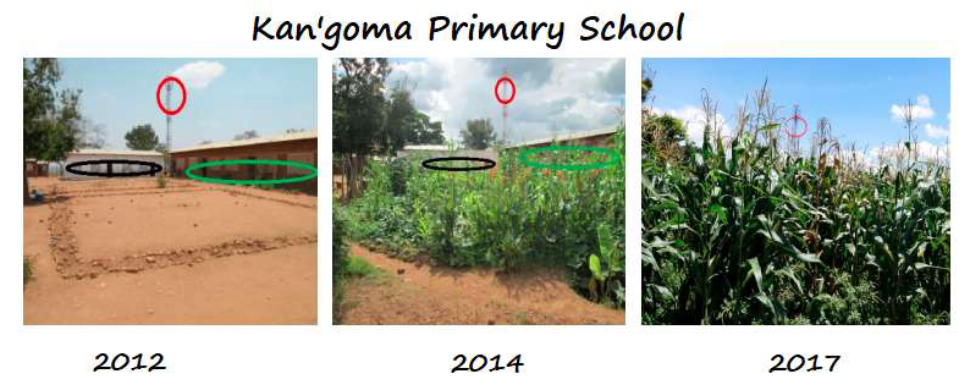
How we do it
The ILUD process
SCOPE has developed a tool that schools can use for planning and implementing a very productive, healthy, and ecologically sustainable environmental management system on school land. The system is developed with the active involvement of the whole school community and will then be a good model for replication in the community. The tool is called Integrated Land Use Design (ILUD) and follows a permaculture approach.
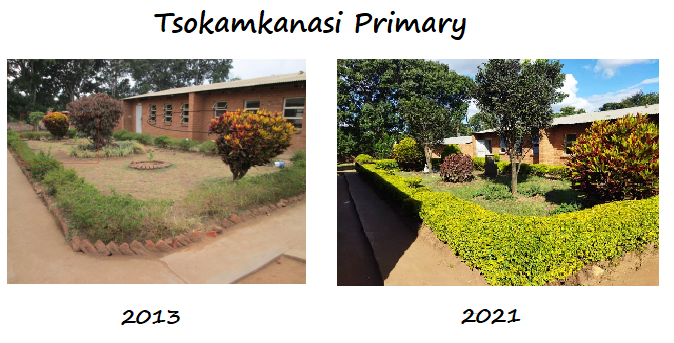
The main features of the ILUD process
- Tool for planning, implementing, and monitoring sustainable land-use in schools
- Step by step process undertaken by representatives of all key stakeholders in any given school community
- Stakeholder participation and ecological integration are the key principles
- Implementation begins with sensitization of leadership, followed with the training of implementers, participatory and holistic design of the school environment, and finally monitoring
- The whole school is involved and all the resources at the school are incorporated in the new design
ILUD process step by step
- Situational analysis – the stakeholders observe the existing situation to develop a common understanding of the current problems and potential resources that they have to start off with
- Holistic goal formation – The stakeholders define their vision for the school environment
- Integrated design – The stakeholders re-design their land by creating connections between the various elements in their environment
- Plan of action – The stakeholders draw up an implementation and monitoring plan for their project
Benefits of the ILUD process
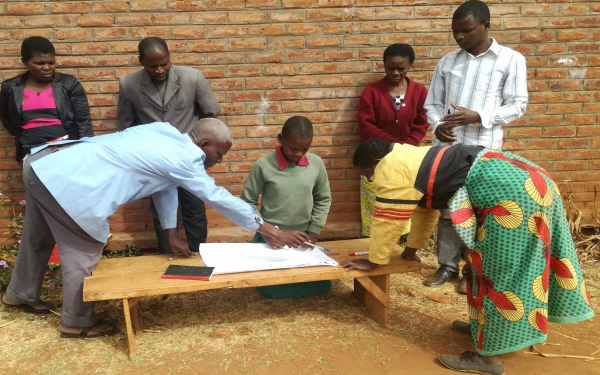
1. SOCIAL OUTPUTS
- The participation of children, parents, staff, and other stakeholders in the planning, implementation, and monitoring of their new landscape design for their grounds
- Positive attitudes towards indigenous knowledge and endogenous development
- Increased sense of ownership of the project, and of the school
- Relationship building skills
- Stronger school and community linkages
- ILUD as a tool for social analysis
- Increased access to fruits, vegetables, herbs, and other foods
- Culinary, aromatic, and medicinal use of herbs
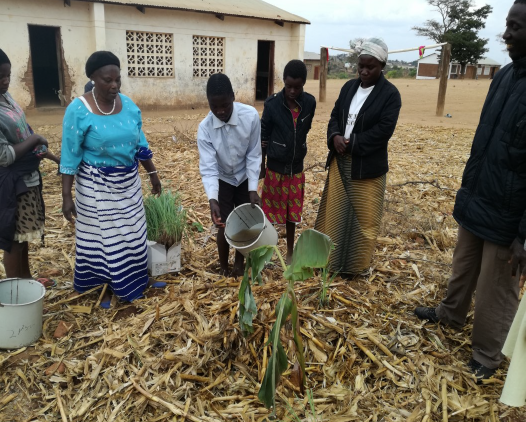
2. PHYSICAL OUTPUTS
- Soil and water conservation
- Organically improved soil
- Greener landscapes
- Improved ground cover
- Integrated cropping systems
- Increased biodiversity
- Predator-prey systems develop
- Improved air quality
- Wind break
- The cool microclimate in classrooms
- Shady school grounds and outside classrooms
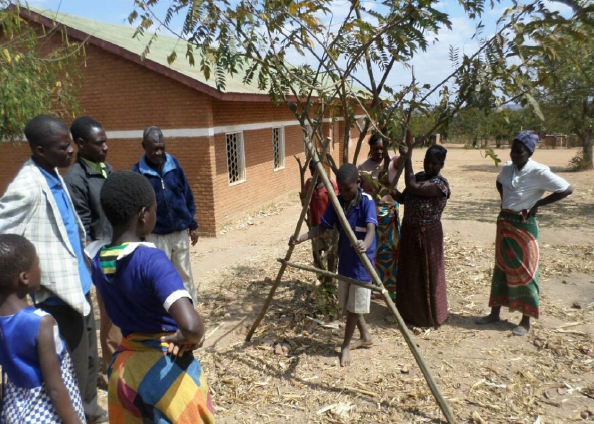
3. EDUCATIONAL OUTPUTS
- Enhanced teaching and learning using locally available resources (TALULAR)
- Opportunities for comparative studies of conventional and organic agriculture
- A real mixed forest at school – a source for real-life examples across the curriculum
- ILUD tool for problem-solving
- ILUD tool for environmental analysis, planning, and monitoring
- Increased motivation
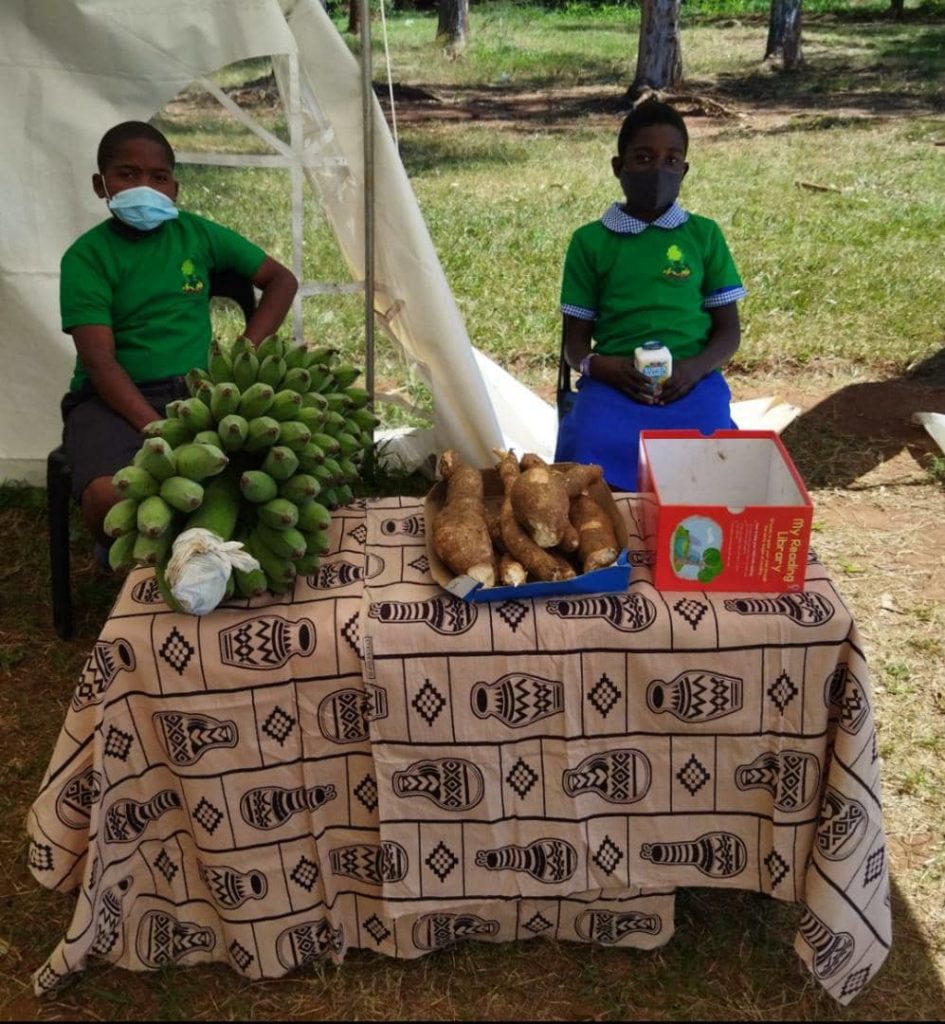
4. ECONOMIC OUTPUTS
- Organic fruits, vegetables, and herbs
- Increased income from the school land
- Increased value of the school land
- Agro-ecological production skills
- Affordable source of seeds and seedlings for the home economy